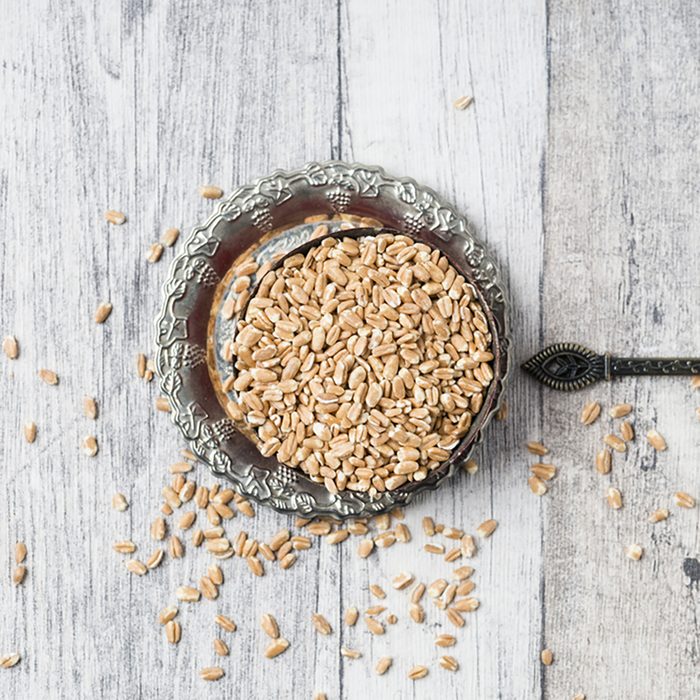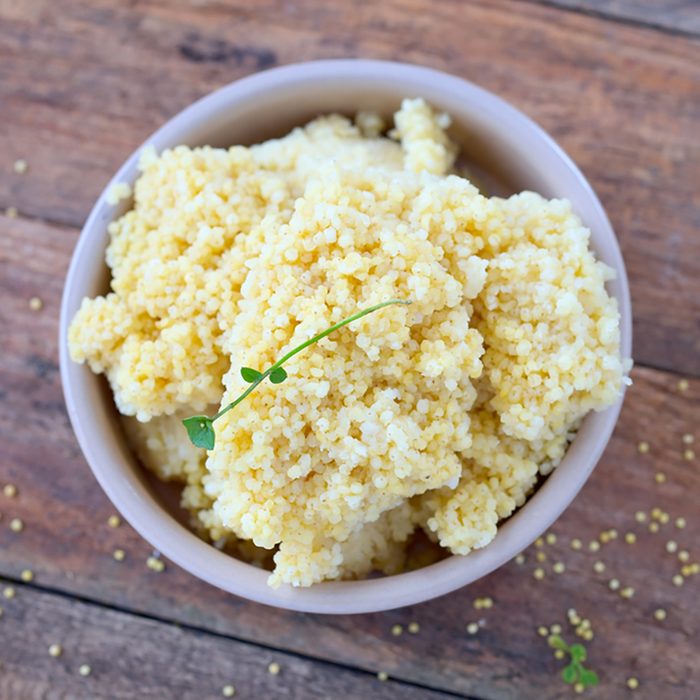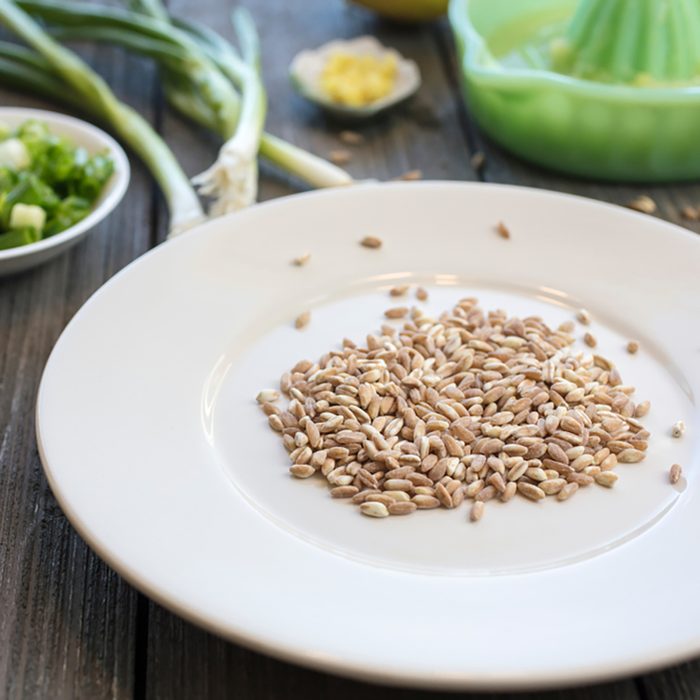
Kamut
Kamut or khorasan wheat is an ancient grain of Egypt. With a look similar to brown rice, Kamut berries are high in iron, zinc and magnesium and it’s a good source of fiber. Plus, this whole grain offers a hearty, nutty taste to salads, soups, chili and stews.

Freekeh
This whole grain, freekeh, is a cracked and roasted green whole wheat that imparts a chewy texture and smoky flavor to many meals throughout the day from hot cereal in the morning to a lunchtime salad to an evening pilaf side dish. It’s an excellent source of fiber and manganese, plus it has a significant amount of protein.

Spelt
An ancient ancestor of wheat, spelt is the only that grain that has maintained its original characteristics like hearty flavor and whole grain nutrition as it’s not been hybridized or copied for production purposes. Packed with fiber and plant protein, spelt also contributes iron, magnesium and zinc to the diet.

Millet
This versatile whole grain, millet, is a small seed grain that is gluten-free (so if you are gluten intolerant, this is one for you!). It has a corn-like and nutty flavor that works perfectly in hot cereals for breakfast or as a fluffy side dish. Millet is high in fiber, magnesium and calcium, which all bode well for heart health.

Sorghum
A tasty gluten-free grain, sorghum, can be steamed, popped, flaked and baked. A small, delicate pearl-shaped grain, sorghum is a good source of protein, iron, zinc, B-vitamins and magnesium. It’s a great grain to make ahead of time and store in fridge or freezer without compromising flavor.
Here are more reasons why you should put sorghum in your pantry.

Teff
If you want a mild, nutty-flavored whole grain, try teff. Traditionally, used in Ethiopian cuisines, this tiny, gluten-free grain is a versatile nutrient-rich powerhouse. Packed with minerals like potassium, magnesium, calcium and iron, as well as protein, complex carbohydrates and fiber.
You can use teff flour in this pizza crust recipe, too.

Farro
This whole wheat grain, also called emmer, is a close cousin of durum wheat. Farro is in semolina flour, which is used to make many pastas. It’s high in protein (and that includes gluten!), as well as iron and fiber. Farro is a tasty grain to add to salads, soups and risottos.
